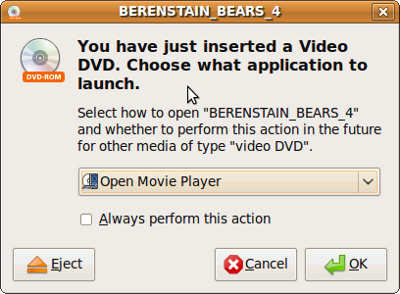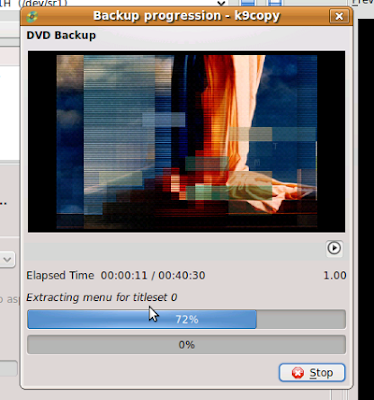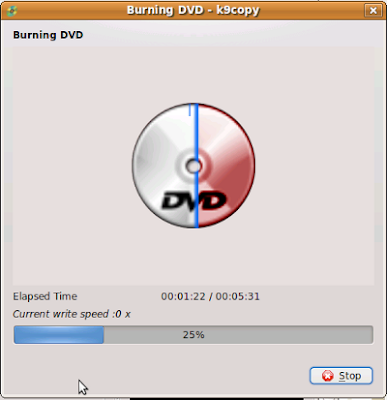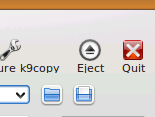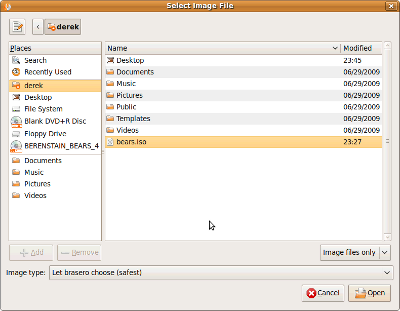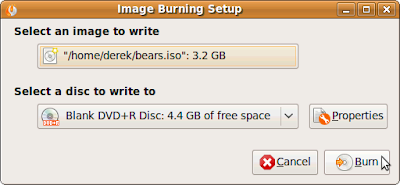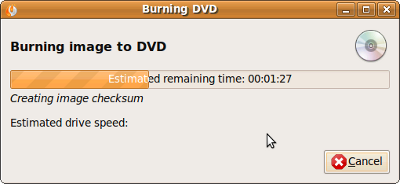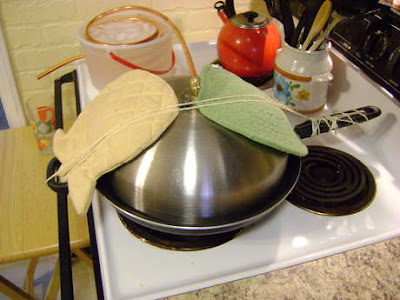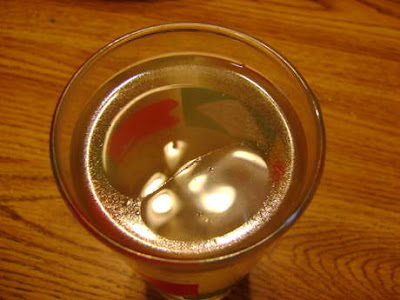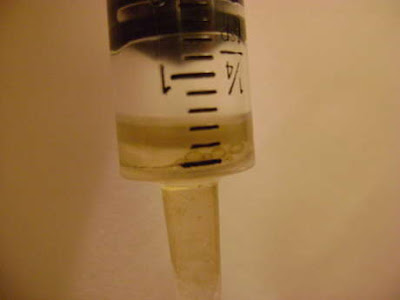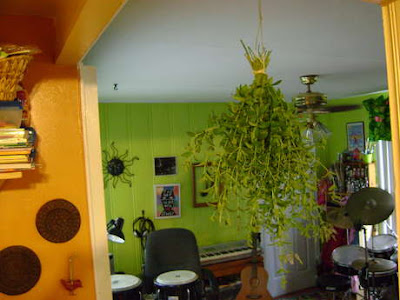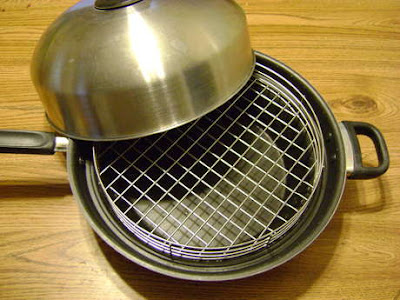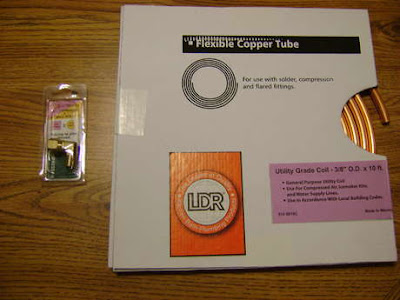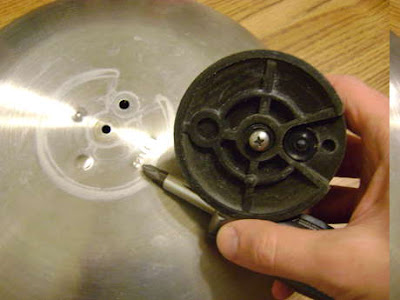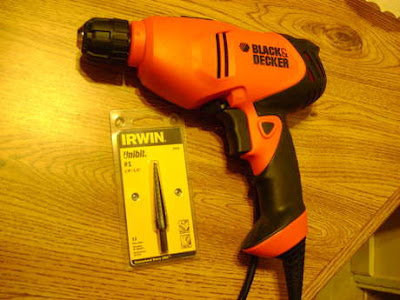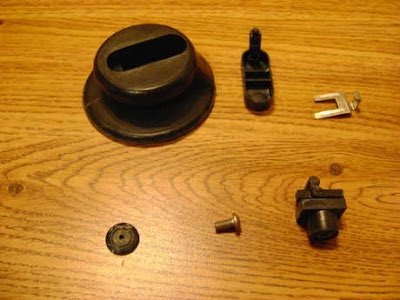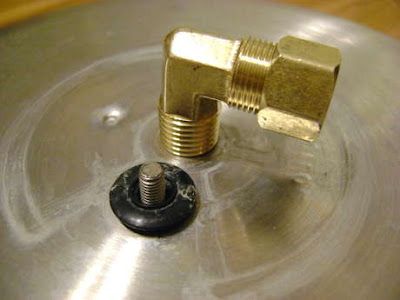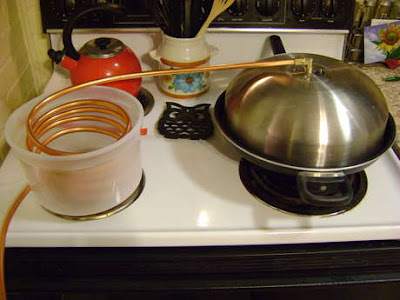You can use udev to trigger events, to write custom linux scripts for hot plugged device.
Here's one of the more clever ideas with custom hotplug scripts using a standard usb stick as a key to unlock the computer. This will secure a workstation to only the person with the key:
http://raftaman.net/?p=300
Here's a simple example of writing a custom image processor for a camera (most cameras are already supported, but this is an example from the ground up).
Basically what is needed is:
a. figuring out the name of the device on the system
b. figuring out the full signature of the device
c. writing a rule to match the signature
d. writing a program that will be triggered
First you have to figure out the name of the device on the system. When the device is unplugged, take a snapshot of all the device on the system. IMO an easy way is to look at the /sys/ directory. It will contain nodes for all hotplugged devices. First take a snapshot when the device is unplugged.
find /sys > /tmp/dev_out.txt
Then plug in the device, and take another snapshot:
find /sys > /tmp/dev_in.txt
Now you can compare the differences in the two snapshots. Note that one physical device can actually be several devices (for example if it has multiple partitions). You will want a short name.
diff /tmp/dev_out.txt /tmp/dev_in.txt
An alternate way to find the name of device nodes, run this, and plug in device.
udevadm monitor
The name might look like /sys/path/to/device. Then get complete signature of the device:
udevadm info -a -p /sys/path/to/device
Udevadm info starts with the device specified by the devpath and then walks up the chain of parent devices... The complete signature of the device looks like a bunch of gibberish, but it's just key/value pairs:
looking at device '/devices/pci0000:00/0000:00:1f.4/usb2/2-2/2-2:1.0/host13/target13:0:0/13:0:0:0/block/sdc':
KERNEL=="sdc"
SUBSYSTEM=="block"
DRIVER==""
ATTR{range}=="16"
ATTR{ext_range}=="256"
ATTR{removable}=="1"
ATTR{ro}=="0"
ATTR{size}=="429569"
ATTR{capability}=="53"
ATTR{stat}==" 87 996 1083 1820 0 0 0 0 0 1016 1820"
looking at parent device '/devices/pci0000:00/0000:00:1f.4/usb2/2-2/2-2:1.0/host13/target13:0:0/13:0:0:0':
KERNELS=="13:0:0:0"
SUBSYSTEMS=="scsi"
DRIVERS=="sd"
ATTRS{device_blocked}=="0"
ATTRS{type}=="0"
ATTRS{scsi_level}=="0"
ATTRS{vendor}=="VTech "
ATTRS{model}=="Kidizoom "
ATTRS{rev}=="1.21"
ATTRS{state}=="running"
ATTRS{timeout}=="30"
ATTRS{iocounterbits}=="32"
ATTRS{iorequest_cnt}=="0x28a"
ATTRS{iodone_cnt}=="0x28a"
ATTRS{ioerr_cnt}=="0x8"
ATTRS{modalias}=="scsi:t-0x00"
ATTRS{evt_media_change}=="0"
ATTRS{queue_depth}=="1"
ATTRS{queue_type}=="none"
ATTRS{max_sectors}=="240"
looking at parent device '/devices/pci0000:00/0000:00:1f.4/usb2/2-2/2-2:1.0/host13/target13:0:0':
KERNELS=="target13:0:0"
SUBSYSTEMS=="scsi"
DRIVERS==""
...
These two lines should basically describe the device:
ATTRS{vendor}=="VTech "
ATTRS{model}=="Kidizoom "
Forming a rule is basically a matter of picking out a few lines from the complete signature and putting them all on one line seperated with commas. Files go under
/etc/udev/rules.d/
The name of the rule starts with a number (order executed) and ends with .rules
There can only be at most one parent in matching rules.
RUN will trigger a program to execute after device is mounted
ACTION can be "add" or "remove"
# EXAMPLE:
# FILE /etc/udev/rules.d/99-camera-copy.rules
# This will trigger /path/to/your/program
# when the device is plugged in
ACTION=="add", SUBSYSTEM=="block", ATTRS{vendor}=="VTech ", ATTRS{model}=="Kidizoom ", ATTRS{rev}=="1.21", RUN+="/path/to/your/program"
Also, udev will pause until the program called is finished. You can also run the program in the background to return immediately (recommended for longer processes). To detach bash script, enclose it in braces and end with &:
#!/bin/bash
{
echo "hello there" >> /tmp/udev_test.log
} &
All programs will be run as root user (full permissions). To lauch graphical programs as a regular user:
#!/bin/bash
{
# what program to run?
run=picasa
user=`who grep :0\) cut -f 1 -d ' '`
export DISPLAY=:0.0
su $user -c "xhost local:$user; $run"
} &
For more information, here's an older writeup (the tool "udevinfo" has changed to "udevadm info")
http://www.reactivated.net/writing_udev_rules.html
Also, thank you Rcspam for an example of using the kidizoom on Ubuntu 10.04+:
http://rcspamsblogen.blogspot.com/2011/01/kidizoom-and-ubuntu-maverick.html
http://rcspamsblogen.blogspot.com/2011/01/kidizoom-and-ubuntu-maverick.html
(English)

























